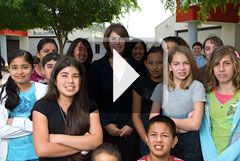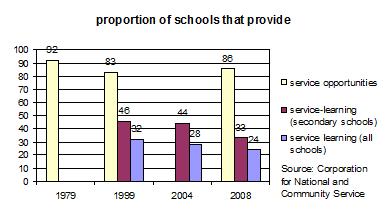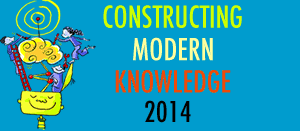from YoungerWorld.org: 7 Rules for Adult Allies
- If you don’t experience discomfort every time you’re listening to Youth Voice, you aren’t listening right.
- If you can’t stay engaged enough to simply sit and listen to young people talk, you aren’t being an adult ally.
- If you can’t speak your truth to young people you aren’t in a youth/adult partnership.
- If you can’t expect and accept not having closure when young people share their voices you aren’t being an adult ally.
- Listening to Youth Voice means listening for understanding, rather than to support your own conclusions.
- If you’re an adult ally to young people you’ll engage, support, and challenge them, and not try to fix them. They aren’t broken.
- If you aren’t taking risks you aren’t being an adult ally.
More resources for adults working to empower youth at YoungerWorld.org
Sylvia


